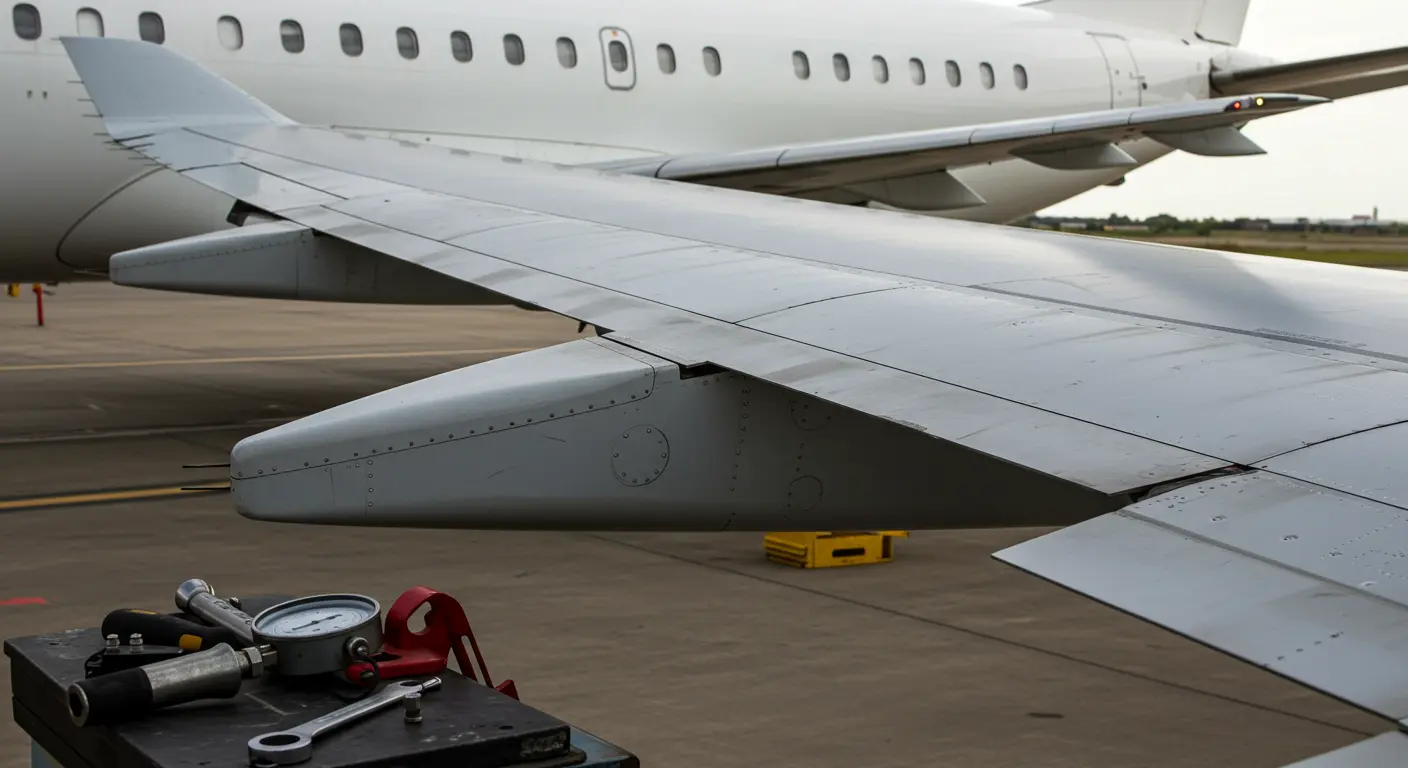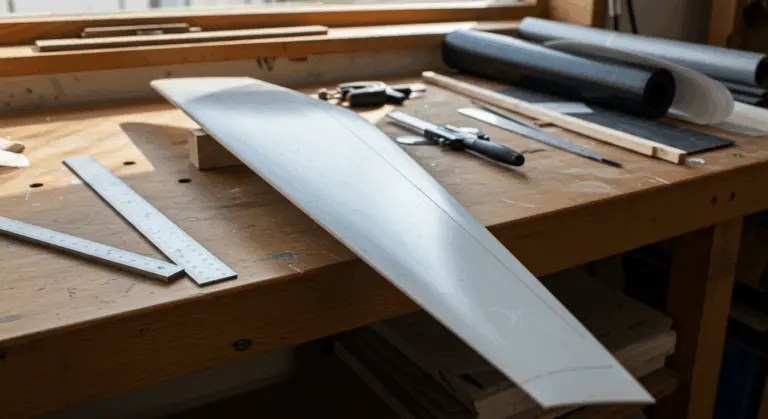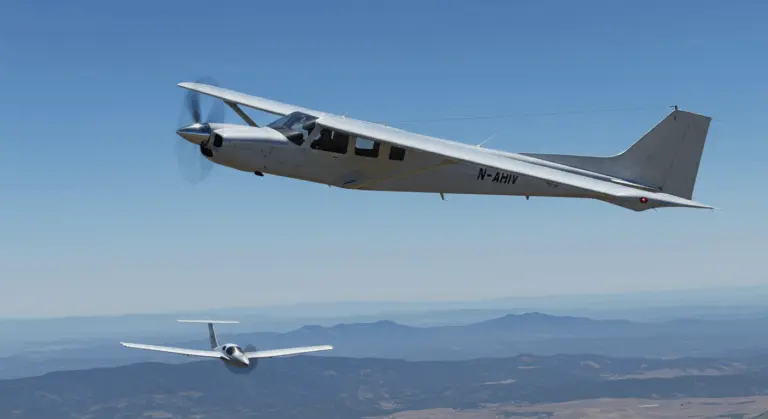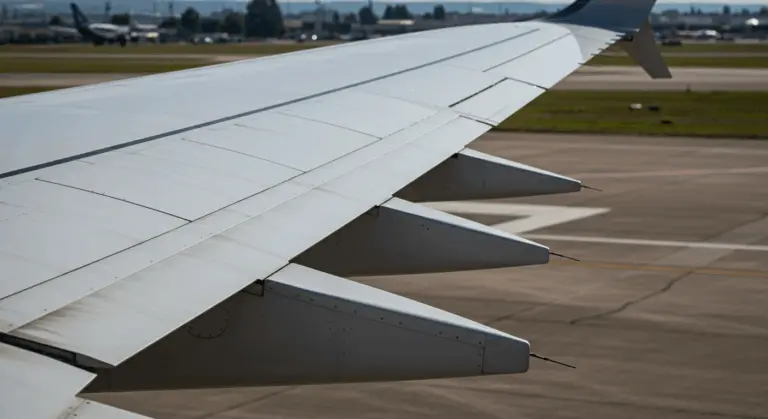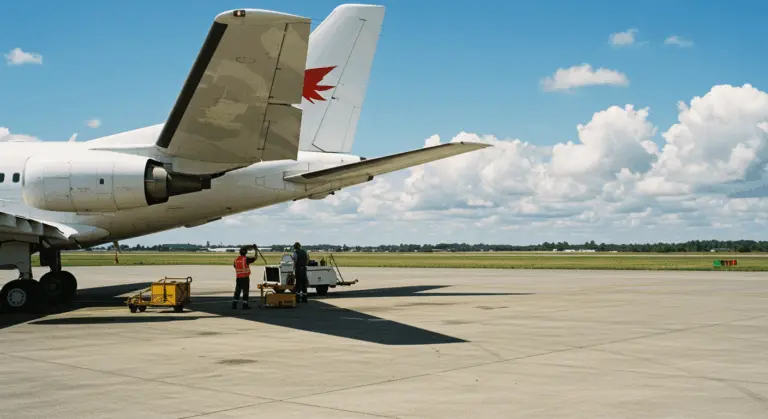Understanding the Wing Root – Function and Design
What is the Wing Root?
The wing root represents the essential junction where an aircraft’s wing meets the fuselage—essentially the wing’s attachment point to the aircraft’s central body. Unlike other mounting points, such as engine nacelle attachments, serving as the primary structural bridge between wing and airframe.
The wing root always forms the wing’s thickest section. Why? It must withstand enormous forces transmitted between wing and fuselage during flight operations. From this robust foundation, the wing gradually tapers toward its tip, creating the graceful profile we associate with fixed-wing aircraft.
Beyond conventional aircraft, the wing root remains equally important in specialized vehicles—hypersonic aircraft and winged spacecraft. It handles dual responsibilities: bearing tremendous structural loads while managing intense thermal stress. At hypersonic velocities, aerodynamic heating becomes a formidable challenge, demanding wing roots capable of dissipating extreme heat to preserve structural integrity.
Function of the Wing Root
The wing root serves as the primary conduit for transferring critical loads between wing and fuselage, handling the most intense structural forces encountered during flight. During takeoff, landing, and turbulent conditions, it bears peak bending moments and shear stresses. The connection’s integrity is essential for flight safety—it must effectively distribute these massive forces throughout the entire airframe structure.
Beyond structural duties, the wing root significantly affects aerodynamic performance. Where wing meets fuselage, conflicting airflows can generate troublesome interference drag. Designers address this challenge by sculpting the wing root area with carefully contoured fillets and fairings, creating smooth airflow transitions that reduce drag and improve overall efficiency.
For high-performance aircraft—particularly hypersonic vehicles—the wing root also functions as a sophisticated thermal management system. At extreme speeds, it must dissipate intense aerodynamic heat to prevent structural weakening. This requires specialized materials and designs that balance thermal regulation with structural load-bearing requirements.
The wing root’s geometry also governs stability and control characteristics. Its design directly influences the root’s angle of attack, which is critical for managing stall progression across the wing span. Through careful engineering, designers ensure stalls initiate inboard near the fuselage rather than at the wing tips. This strategic approach preserves aileron authority as aircraft approach their aerodynamic boundaries—a crucial safety margin.
Wing Root Fairings and Their Benefits
Wing root fairings are precisely contoured aerodynamic covers that create seamless transitions between wing and fuselage. These sophisticated components provide multiple performance enhancements that improve aircraft efficiency.
Drag reduction is the primary benefit of wing root fairings. The sharp junction where wing meets fuselage naturally creates turbulence and interference drag—fairings eliminate this problem by guiding airflow smoothly around the transition. The result? Reduced parasitic drag, enhanced fuel efficiency, and substantial operational cost savings, particularly valuable in commercial aviation.
Beyond drag reduction, wing root fairings enhance aerodynamic stability. By preventing airflow separation at the wing-fuselage junction, they maintain consistent lift distribution across the wing span. This is especially important at high angles of attack, where fairings can delay stall onset and improve overall handling characteristics.
Contemporary wing root fairings serve multiple functions beyond their aerodynamic mission, integrating essential systems to maximize space utilization and streamline maintenance procedures. These multifaceted designs typically include:
Wing root fairing design has advanced significantly through computational fluid dynamics (CFD) and cutting-edge manufacturing techniques. Today’s fairings feature intricate, optimized 3D contours that can reduce interference drag by up to 30% compared to earlier designs—a significant efficiency improvement.
Challenges and Maintenance of Wing Roots
The wing root requires careful maintenance attention as one of aviation’s most structurally critical areas. It withstands extreme mechanical stress—complex combinations of bending moments, torsional forces, and shear loads that concentrate intensely at the wing-fuselage junction.
Fatigue cracking presents the greatest threat to wing root integrity. Every flight cycle subjects the root to stress variations—from takeoff g-forces to landing impacts. Across thousands of operational hours, these repeated cycles can create microscopic cracks that may evolve into catastrophic structural failures if left undetected.
Maintenance programs employ sophisticated inspection protocols for wing roots, with inspection frequency escalating as aircraft accumulate service hours. Standard detection methods encompass:
Advanced monitoring systems in modern aircraft have improved wing root maintenance, enabling condition-based strategies that enhance safety while minimizing operational downtime. These advanced technologies include:
Environmental factors accelerate wing root deterioration, demanding comprehensive maintenance consideration. Critical degradation factors include:
Inadequate wing root maintenance can be catastrophic. The 1988 Aloha Airlines Flight 243 disaster—triggered by structural fatigue—led to an industry-wide reassessment of inspection protocols for aging aircraft. This tragedy underscored the critical importance of detecting multi-site damage, intensifying focus on comprehensive wing root inspection procedures.
Wing Root Extensions and Their Impact
Wing root extensions are an aerodynamic innovation that significantly improves performance at high angles of attack (AOA). Strategically positioned at the wing-fuselage junction, these devices generate powerful vortices over the wing surface, providing important lift benefits precisely when conventional wings begin to falter.
These extensions create vortices that re-energize airflow over the wing’s upper surface. During demanding high-AOA maneuvers—steep climbs or aggressive turns—these vortices delay airflow separation. The result? Postponed aerodynamic stall and significantly extended lift-generating capability.
Fighter aircraft like the F/A-18 Hornet and Eurofighter Typhoon use wing root extensions—often termed leading-edge extensions (LEX) or strakes—very effectively. During high-g combat maneuvers, the vortices they generate enhance aircraft agility, enabling controlled flight at angles of attack that would otherwise trigger immediate stall.
While both use vortex lift principles, wing root extensions operate differently from delta wings. Extensions create localized, concentrated vortices, whereas delta wings’ highly swept leading edges generate vortices across the entire wing surface at high AOA. This fundamental difference explains why delta-winged aircraft like Concorde achieve high-AOA effectiveness without conventional high-lift devices.
Wing root extensions also influence stability through complex interactions with tail surfaces, potentially enhancing control authority. However, designers must carefully balance these aerodynamic gains against notable penalties:
Computational fluid dynamics has transformed wing root extension design philosophy. Engineers now precisely sculpt these devices to generate vortices with specific characteristics tailored to individual aircraft missions. This sophisticated modeling capability produces highly optimized designs that maximize aerodynamic benefits while minimizing associated penalties.
Understanding Wing Geometry Related to Wing Roots
Wing geometry directly affects wing root function and performance. As the convergence point where aerodynamic forces meet structural loads, the root’s geometric properties directly shape an aircraft’s flight characteristics, operational efficiency, and safety margins.
Aspect ratio—the relationship between wingspan and chord—significantly affects load distribution to the wing root. High-aspect-ratio wings deliver superior efficiency but generate higher bending moments at the root, demanding robust structural reinforcement. Conversely, low-aspect-ratio wings distribute loads more evenly but sacrifice efficiency—a trade-off fighter jets often accept for enhanced maneuverability.
Wing sweep creates another important geometric consideration. Swept configurations delay transonic drag onset but create intricate structural and aerodynamic challenges at the root junction, significantly changing load paths and airflow patterns. These complexities often necessitate specialized fairings to manage the resulting effects.
Wing washout—geometric twist that reduces angle of incidence from root to tip—is an important safety feature. This design ensures the wing root stalls before the tips, preserving aileron control during stall recovery. Pilots retain crucial authority when approaching the aircraft’s aerodynamic limits.
Dihedral, the wings’ upward angle, affects wing root design complexity. While positive dihedral enhances roll stability, it complicates structural engineering at the root junction. This transition demands careful optimization to manage load paths and aerodynamics effectively—typically requiring sophisticated computational tools to perfect the complex 3D intersection.
Advanced geometries like supercritical airfoils allow thicker wing profiles that delay transonic drag rise. This innovation provides expanded internal volume for fuel storage and structural elements while maintaining aerodynamic efficiency. Implementing these airfoils at the wing root requires meticulous 3D flow analysis—typically using CFD—to optimize the junction for minimal drag penalties.

